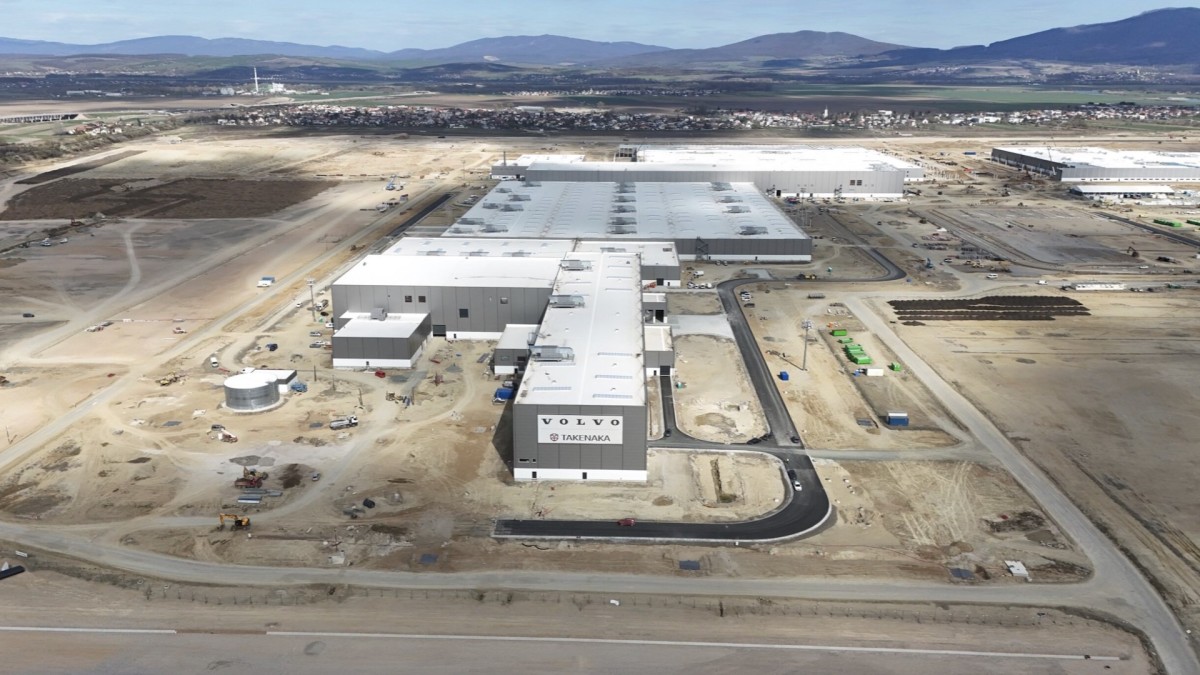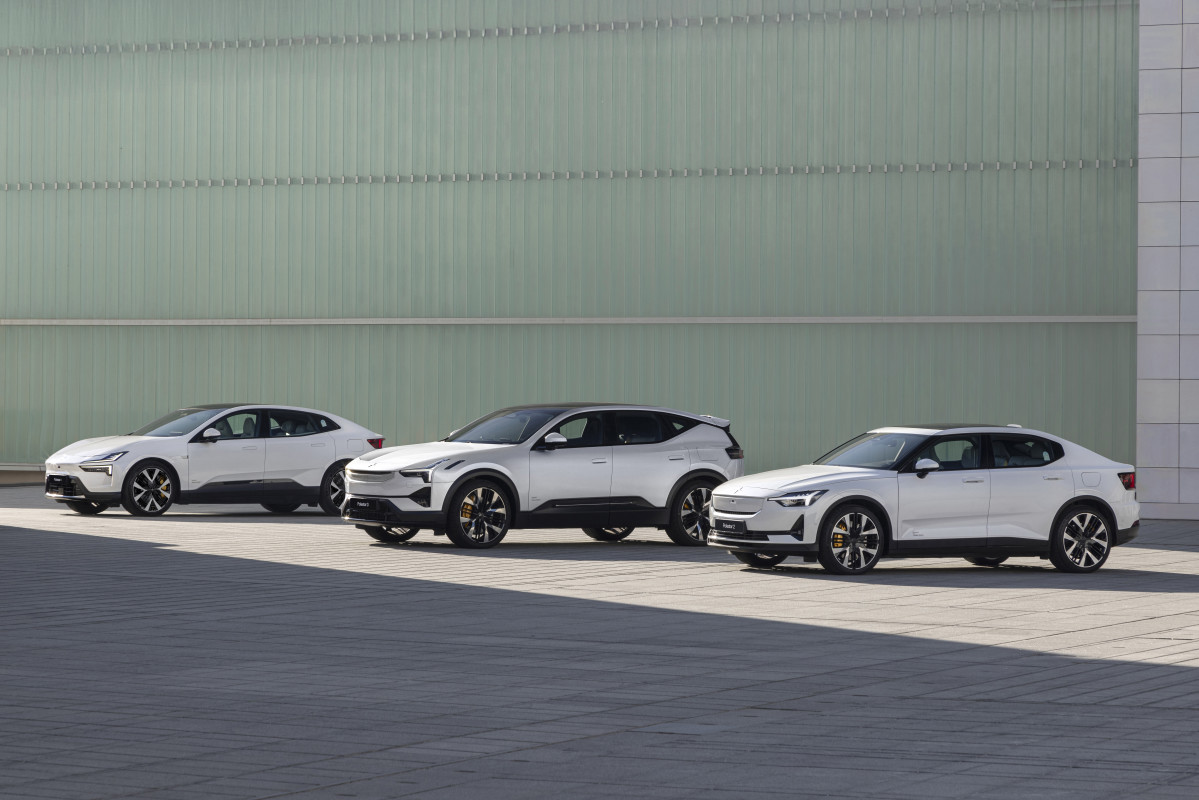Polestar Will Continue To Rely On Volvo, As It Grows Lineup
Polestar has evolved from Volvo’s in-house tuner into a separate brand with its own lineup of electric vehicles, but it’s still sticking close to its parent brand. The Polestar 7, a smaller electric SUV due to arrive in 2028, will be built at a Volvo plant in Kosice, Slovakia, the two brands confirmed Thursday.
The Polestar 7 will be the second model assembled at the newly-constructed Kosice plant, following a yet-to-be-announced Volvo. The plant itself has been under construction since 2023, and targets annual production capacity of 250,000 vehicles when completed. All of those vehicles will be electric, according to Volvo.
Component Sharing Continues As Well
Volvo
In addition to a production site, the Polestar 7 will share a “common technology base” with the upcoming Volvo EX60 and another one of that brand’s new models, according to Volvo. That includes Volvo’s next-generation motors and battery tech, including cell-to-body tech that mounts cells directly to the body structure, as well as mega-casting construction in which said structure is made from fewer, larger pieces for simplified assembly.
The Polestar 7 will also share the Superset computing and software stack with the larger Polestar 3 and Volvo EX90, as well as the EX60 and the upcoming Volvo ES90 sedan. The stack is intended to make it easier to push new software-based features and updates.
“Our collaboration with Polestar on the development and manufacturing of the Polestar 7 underscores how Volvo Cars and Polestar continue to leverage synergies to efficiently deliver outstanding vehicles built for our distinct customer segments,” Håkan Samuelsson, CEO of Volvo Cars, said in a statement.
Globe-Spanning Manufacturing
Polestar
When it comes to manufacturing, Polestar is an automaker without a country. Its first production model, the handsome Polestar 1 plug-in hybrid coupe, was built at a dedicated factory in Chengdu, China. But its first volume model, the Polestar 2, is built at a Volvo plant in that country. The Polestar 2 is also based on the same Compact Modular Architecture (CMA) as the Volvo XC40, EX40, and EC40.
Similarly, the Polestar 3 shares the SPA2 platform with the Volvo EX90, and U.S.-market vehicles are built alongside the EX90 at Volvo’s South Carolina plant. Polestar 4 production for most markets is handled in China, but for the U.S., it’s built at a Renault plant in Busan, South Korea, under a complicated arrangement responding to Biden Administration trade policies that disadvantaged China-made EVs. The Trump Administration’s current global trade war could make it all for nought, though.
The Polestar 5, a sleek fastback targeting the Porsche Taycan, and the Polestar 6, a sports car, are also in the queue, although production sites haven’t been announced. Both are expected to use more bespoke Polestar engineering, including massive battery cells in the 5 aiming to boost range. But they’re also likely to sell in much smaller volumes than the Volvo-derived Polestar 7.